Before I went to Spain, I believed bacon satisfaction was limited to those salty pink slices of the Bed & Breakfast Full English. Travelling in Scotland in the rain, you can’t spend more than three days without giving in to a desire for them stuffed inside a bacon bap, no question. Known south of the border as a bacon butty, a bridie is a white bun made from cotton wool bread, slathered in margarine. Don’t snort (leave that to pigs): it’s the fare of angels.
That bacon is generally Danish, a cured meaty cut from the loin of the pig, as is Canadian back bacon, unlike streaky American bacon which is cut from the pig’s belly. The Brits have imported bacon from Denmark ever since the mid-1800s. 42,000 metric tons of it are raised there.
It’s said vegetarians consider bacon their potential Achilles heel, its smell activating a profound physical desire any couture scent creator would give their noses to provoke. Posh Brits shop not for Danish but for more expensive Heritage Breed bacon from pigs who live happily in free conditions.
That better animal welfare creates its own problems. According to Peter Sandøe, Professor of Bioethics at the University of Copenhagen, new research shows “the kinder one is with the animals, the greater the [adverse] climate impact per kilo of meat.” The report finds “focusing entirely on climate-friendly pork production will mean compromising on animal welfare”. This refers to keeping the pigs indoors, tightly packed into their living spaces, where their gas emissions are more readily sequestered. Plus breeding sows to give birth to greater numbers of piglets than they would outdoors. Also, feeding them finely ground feed “so that nothing goes to waste, but which gives them stomach ulcers.” Aw, shucks.
What would you chose: a climate-friendly pig or one with a happy life? I’m afraid I didn’t think to ask about my breakfast’s provenance, tucking into my Spanish rashers and distracted by how just different they tasted.
That difference is profound. I’m not a breakfast eater - it’s served about three hours too early for me; I’m even able to ignore the hotel buffets included in my room bill. Yet across Spain I loaded up my plate. I’ve never come across bacon like it.
Traditionally, curing bacon was a simple process of coating it with salt then smoking it over months in the chimney. Commercial bacon is usually either salted and dry-cured, or soaked in brine that commonly contains nitrites to preserve its pinkness, without which it would have the same pallid hue as a slice of roast pork.
British bacon is generally unsmoked, so known as ‘green’ bacon. When smoked, as is American bacon for the flavour, it is exposed to cold smoke and only briefly. Both bacons are raw, so need further cooking. European bacon, on the other hand, could be eaten straight from the butcher. It is first either salted or soaked in a saline and nitrite solution then smoked enough to cook it.
Pancetta is often known as Italian bacon. To cure it, pork belly is skinned and brined for two weeks in a salted solution spiced with salt, black pepper, chilli, garlic, juniper, rosemary, and sometimes nitrate. Next, it’s rolled into a thick cylinder, then partly dried over two to four weeks. It can safely be eaten raw.
Prosciutto di Parma is a ham from Emilia Romagna, naturally cured without preservatives or additives. A week after being lightly salted, it’s given a second coating of salt. Two weeks later, the salt is removed and the ham hung for between 60 and 90 days. Then it’s washed, and dried for a few days before being cured on frames for around three months. After that, it’s given a layering of lard to keep its skin soft, and a further curing. By law, the total cure must be at least 400 days from the start of the whole process, and could last as long as three years. Now you know why it’s so expensive.
Both Italian prosciutto and Spanish jamón are slowly air-dried salted pork leg, though in Spain shoulder is sometimes used. Why Spanish Jamón Ibérico, made in the same fashion as Prosciutto di Parma, can be more expensive is because its drying period can last as long as 5 years. Its high price also relates to the breed of pig.
Native to the Spanish peninsula, the Iberian pig can be traced back to Neolithic man when animal domestication began. It is thought to have been brought to Iberia by the Phoenicians from the Eastern Mediterranean coast, where they interbred with wild boars.
Under current Spanish regulations, to be given an official Ibérico denomination, Black Label Jamón Ibérico must by law be made from 100 percent pure-breed Black Iberian pigs. As it forms only 10 percent of total production, it’s more expensive than Red label. Red Label Jamón Ibérico can be cured from a mix of pigs - either 50 percent or 75 percent pure-bred Black Iberian pigs crossed exclusively with Duroc pigs. Duroc is an old breed of domestic pig developed in New England around 1800.
Jamón Serrano, like prosciutto, comes from white pigs. It’s the ham most commonly consumed in Spanish homes.
Jamón Ibérico de bellota comes from pigs only 50 percent Ibérico, roaming the plains of the Iberian Peninsula and feeding on acorns (bellota) from the holm, gall, and cork oaks, which give the ham its particular flavour. And its elevated price.
The ‘Pata Negra’ in Jamón Ibérico Pata Negra means ‘black hoof’, to indicate the pig is black (although pigs that aren’t Iberian may also have black hooves). This is the caviar of cured ham. It comes from 100 percent Ibérico pigs which also spend their days roaming fields and forests feeding off acorns. Only .01 percent of pigs are ‘Pata Negra,’ making Jamón Ibérico Pata Negra the world’s most expensive cured ham. A single hock fetches more than €4,000/$4,245.
I assume my daily breakfast bacon came from Ibérico pigs (though certainly not Pata Negra. You’d never cook that.) It tasted unlike any other I’ve ever eaten - very piggy yet delicate. I shan’t now resent the price of Spanish bacon should I decide to continue my breakfast habit.
The trip also converted me to croquetas, which previously have seemed to me no more than a wodge of thick bechamel too-lightly flavoured with salted cod or ham or cheese, and pretty dire. But I learned better in Barcelona.
To make 24
60g/4 tablespoon unsalted butter
60ml/¼ cup extra virgin olive oil
120g/scant cup all-purpose flour
1 medium onion very finely diced
950ml/4 cups whole milk
1 pinch nutmeg
225g/8oz Serrano ham, in tiny dice
2 small eggs, beaten
flour for coating
Panko breadcrumbs for coating
Oil for frying
Melt the butter and oil over medium high heat. Add the diced onion and sauté until it starts to colour.
Add the diced ham and sauté for 30 seconds more, then add the flour and stir continuously until the flour turns light gold. Little by little, add the milk stirring constantly. Stir in the nutmeg, season to taste with salt, take off the heat and cool completely. Dump the batter into a bowl and cover with clingfilm to prevent a skin forming. Refrigerate at least 4 hours or overnight.
With a couple of pudding spoons or in the palm of your hands, shape spoonfuls into lozenges.
Heat the oil in a frying pan. Roll the croquetas first in flour, then in the egg, then in the breadcrumbs. Fry the croquetas until golden on all sides. Remove with a slotted spoon to a sheet of paper towel to drain quickly then serve at once. Pause before biting into them - they will be hot.




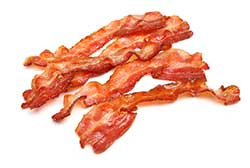
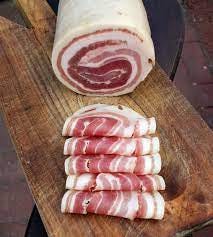
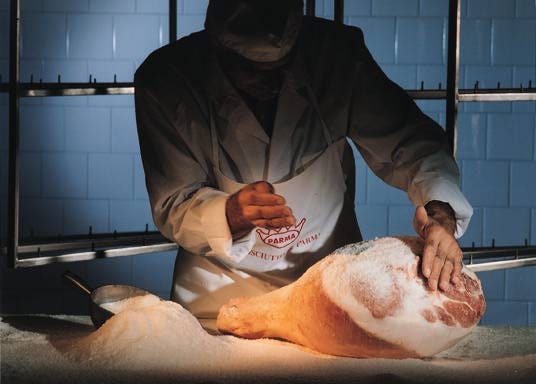
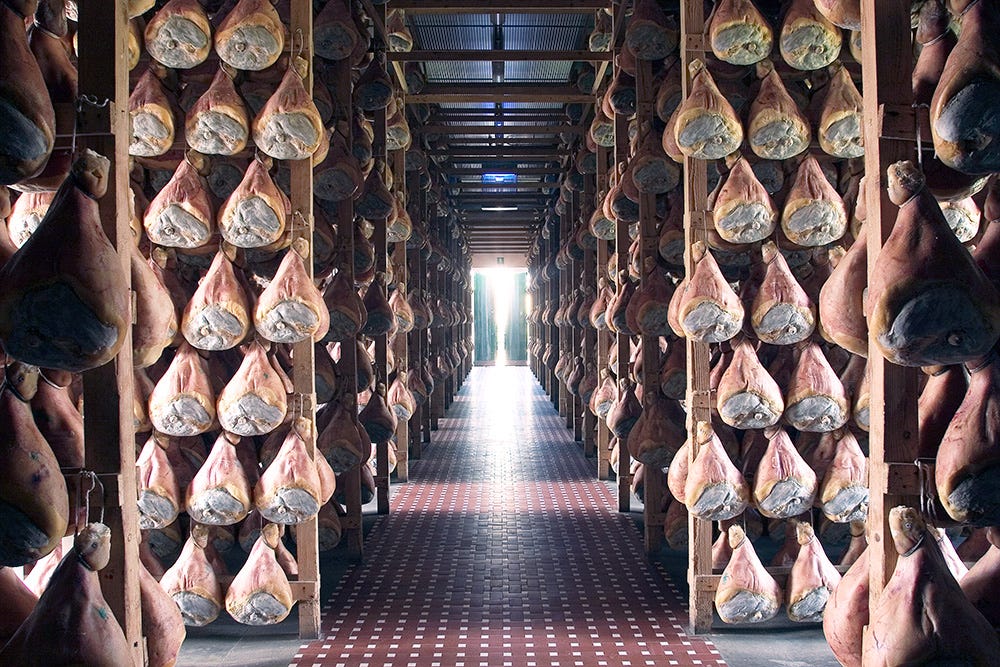
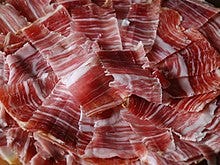

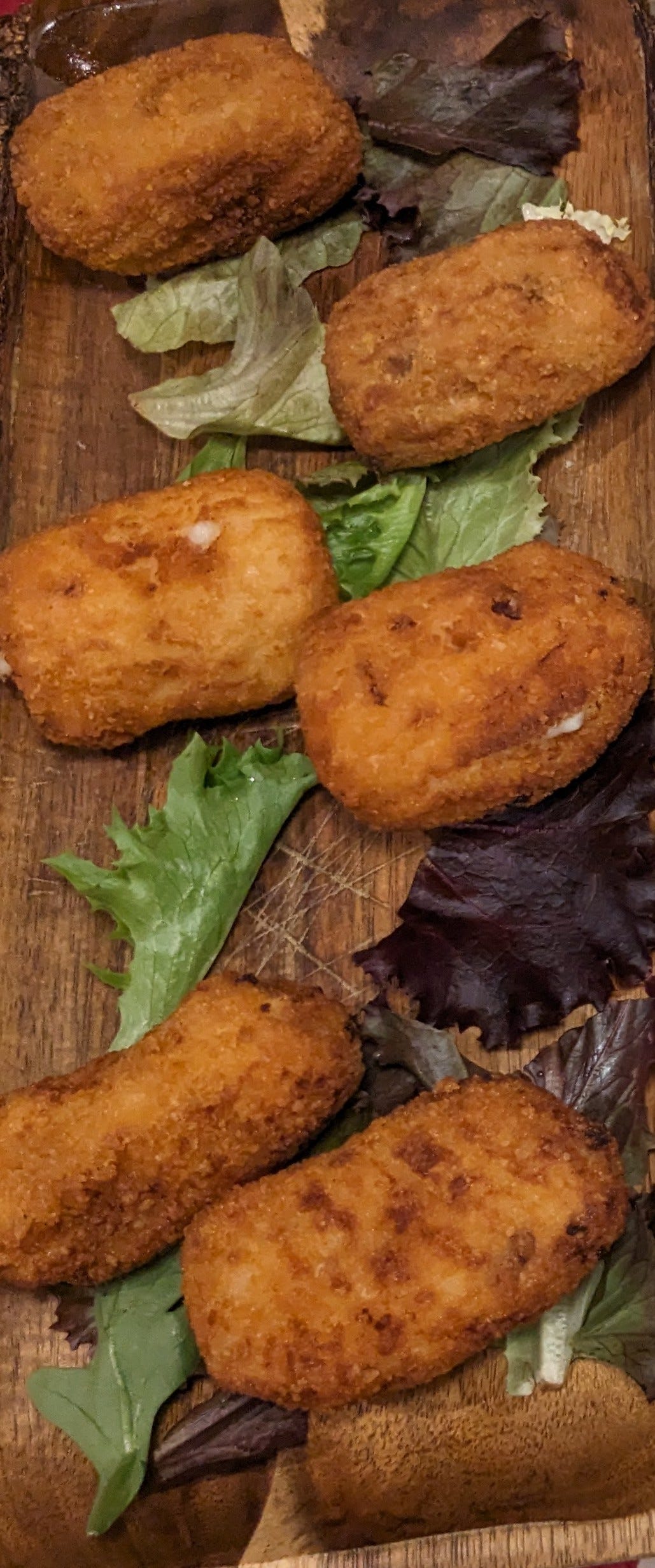
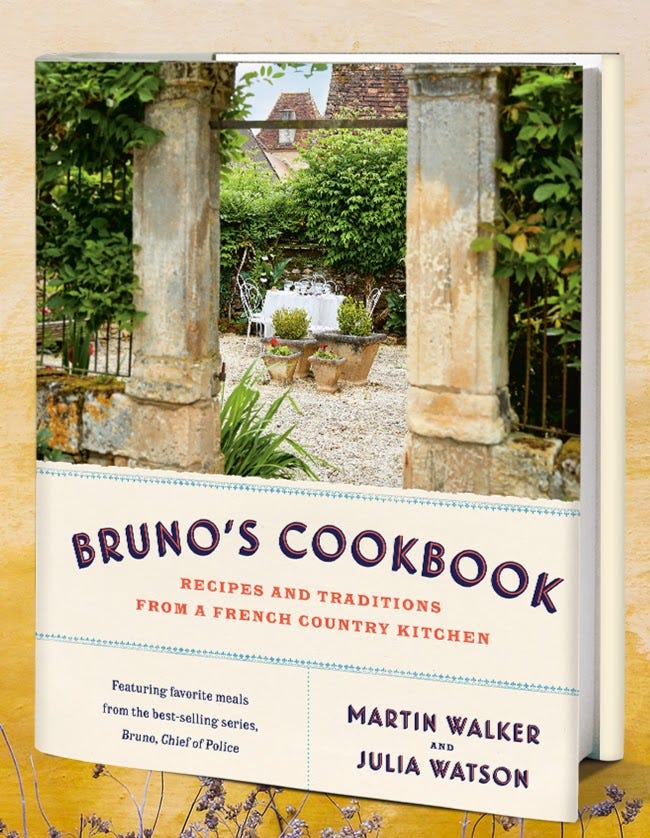
We have black Iberian pigs here in Portugal, too, though neither streaky bacon nor is Danish style bacon a major part of the porcine culinary tradition here. The black pigs are are called”porcos pretos,” and it is illegal to sell “black pork style” pork products so as not to confuse the consumer. Porco preto is considerably more expensive than ordinary pork, and is not limited to cured products. Finally, the black pigs are sometimes referred to as Alentejo Black Pigs, named for Portugal’s largest region, and considered indigenous. A variety of sausages and fresh pork meats from black pigs are happily ubiquitous in the cuisine. Damned good in any case.
So glad you've FINALLY seen the light on croquettas! They're DIVINE.